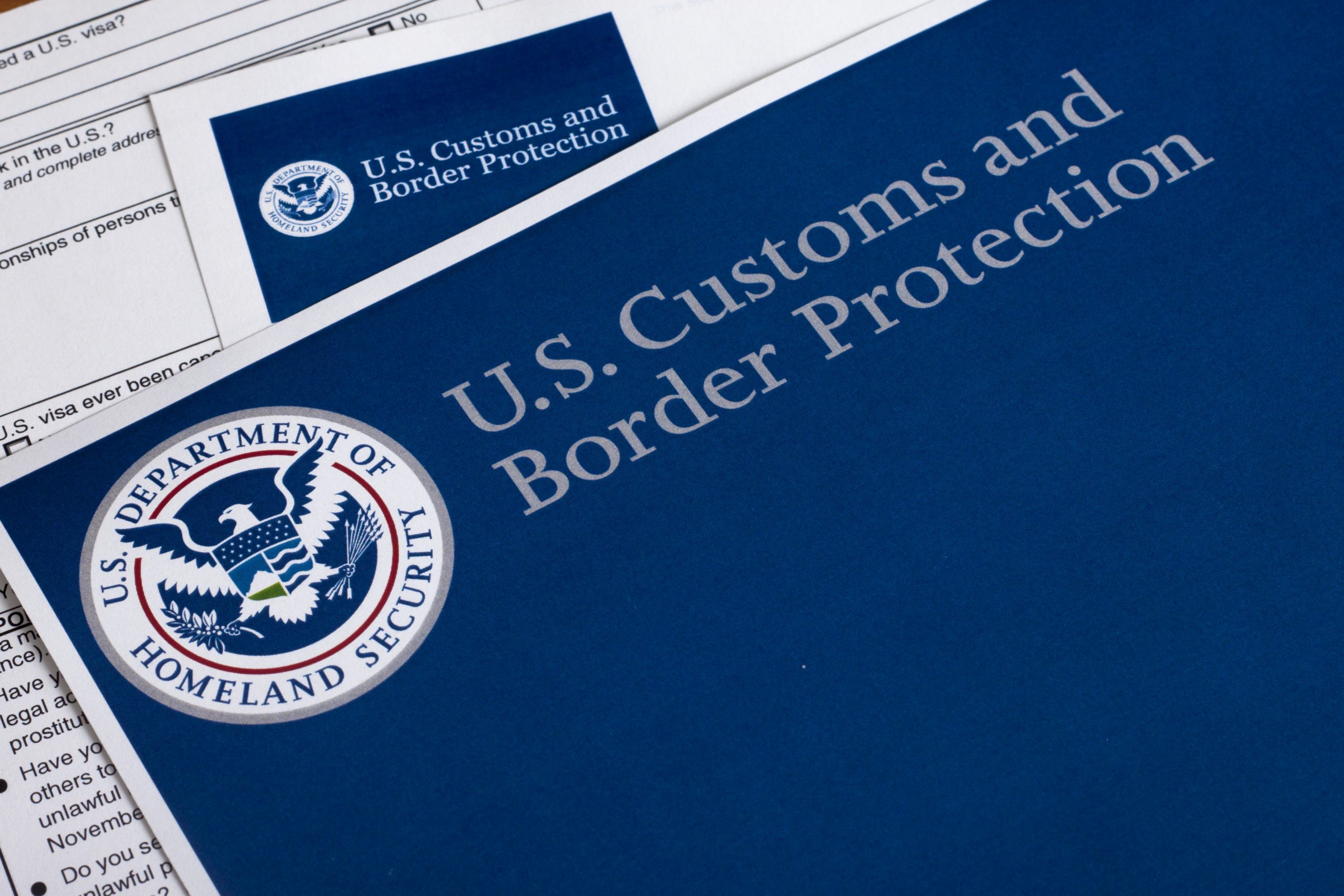
The U.S. Immigration and Nationality Act (I.N.A.) contains a number of grounds of “inadmissibility,” including one called the permanent bar.
Generally, the grounds of inadmissibility that are barriers to U.S. entry are based on things like criminal and security violations, health troubles, likelihood of becoming a “public charge” requiring need-based government assistance, and immigration violations.
The permanent bar comes from Section 212(a)(9)(C)(i) of the I.N.A., which makes inadmissible “Any alien who (I) has been unlawfully present in the United States for an aggregate period of more than 1 year, or (II) has been ordered removed under section 235(b)(1) , section 240 , or any other provision of law, and who enters or attempts to reenter the United States without being admitted.” This part of the law came from legislative changes made in 1996, called the Illegal Immigration Reform and Immigrant Responsibility Act or IIRIRA.
For example, let’s say someone crossed the U.S. border from Mexico with out inspection, stayed for a year undocumented, went home for a while, and then tried crossing the U.S. border a second time. That second attempt (whether it succeeded or not) makes the person inadmissible under this section. Leaving and coming back a few times so that no stay is longer than one year would not have helped, either. The word “aggregate” in the law means that it’s enough that the person’s stays added up to one year in total.
Similarly, someone who was removed from the U.S. and then tries to enter without going through the required admission procedures will also be subject to the permanent bar. Keep in mind that the language is returning without being “inspected and admitted.” Accordingly, if one enters with the permission of Border Patrol, even if that is the result of error or deception, will avoid triggering the bar.
What Is Unlawful Presence?
The first thing to understand in thinking about this part of the law is what “unlawful presence” means. In general, it refers to someone who is in the United States without a visa or without an application pending before the immigration service.
The only available exceptions at this time have to do with timing, given that this section of the law went into effect on April 1, 1997. First, people who last reentered the U.S. before April 1, 1997 after a previous deportation are not subject to the permanent bar. Second, people who have unlawful presence dating before April 1, 1997 need not count this time towards the aggregate one year needed to trigger the permanent bar.
Is the Permanent Bar is not truly permanent
Many grounds of inadmissibility can be waived, or automatically expire after a set period. But the permanent bar is harder, though not impossible, to overcome.
The statute says that someone subject to the permanent bar can request permission to enter the U.S. after waiting ten years first. The government interprets this to mean ten years outside the United States. But after these ten years, you can’t just go ahead and submit a visa or green card application. You must first obtain a waiver from the U.S. government.
To request this consent for a green card application, you must use a form called “Permission to Reapply for Admission” or I-212, issued by U.S. Citizenship and Immigration Services (USCIS). This waiver is essentially a balancing test between the net positive and net negative factors in your life.
Finally, there is also a waiver to the permanent bar available to VAWA self-petitioners. VAWA self-petitioners are permitted to apply for a green card based upon a finding of extreme cruelty by their U.S. Citizen spouse. These individuals can avoid the permanent bar if they can show a connection between their having been battered or subjected to extreme cruelty and their removal, departure from the U.S., reentry or reentries into the United States, or attempts at reentry.
